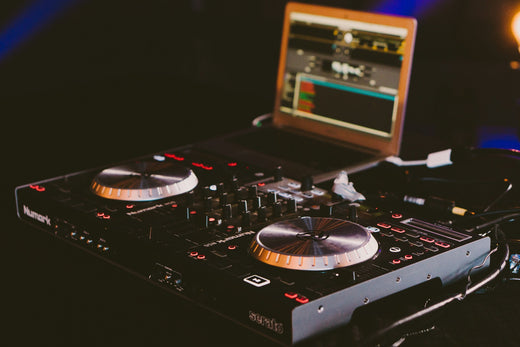The Essence of House Music
At its core, house music is characterised by a steady four-on-the-floor beat, typically clocking in at 120 to 130 BPM. This tempo is not arbitrary; it’s designed to keep the energy pulsating on the dance floor. The genre’s signature sound features robust basslines, intricate drum patterns, and an array of electronic instruments, including drum machines and synthesizers. Vocal samples often weave through the tracks, infusing them with a soulful depth that resonates with listeners.
Subgenres and Evolution
House music's evolution has birthed a diverse array of subgenres, each adding its unique flavour to the mix.
- Deep House: Known for its slower tempo and atmospheric soundscapes, deep house often incorporates jazzy elements and soulful vocals, creating an immersive listening experience.
- Progressive House: This subgenre is marked by its expansive sound and lengthy tracks, often building up to euphoric climaxes that captivate audiences.
- Tropical House: With its laid-back, summery vibes, tropical house brings a refreshing sound that’s perfect for beach parties and relaxed gatherings.
- Acid House: Recognisable by its squelching basslines produced by the iconic Roland TB-303, acid house is a psychedelic journey that transports listeners to another realm.
- Tech House: A fusion of house and techno, tech house blends the rhythmic elements of house with the minimalistic approach of techno, creating a groovy yet hypnotic sound.
Pioneers and Influencers
The trajectory of house music is marked by the contributions of numerous influential artists and DJs. In its formative years, pioneers like Frankie Knuckles and Larry Heard (Mr. Fingers) laid the groundwork for the genre. The 1990s saw the rise of acts like Masters at Work and Daft Punk, who pushed the boundaries of house music into mainstream consciousness. More recently, artists such as Calvin Harris and Avicii have integrated house elements into chart-topping hits, further solidifying its place in contemporary music.
Creating Your Own House Music
For those looking to delve into house music production, the journey begins with experimentation. Digital Audio Workstations (DAWs) like Ableton Live and FL Studio are excellent platforms for crafting your sound. Start by playing around with various drum patterns, basslines, and synth melodies. The availability of pre-made loops and samples online can serve as a springboard for your creative process.
Conclusion
From its origins in Chicago to its global influence today, house music remains a unifying force on the dance floor. Whether you gravitate towards deep house, progressive house, or any other subgenre, the world of house music offers a rich and diverse landscape for exploration. As you immerse yourself in this vibrant genre, remember that it’s not just about the beats; it’s about the connections forged through music and the collective experience of dancing together.
Source: https://splice.com/blog/what-is-house-music/
